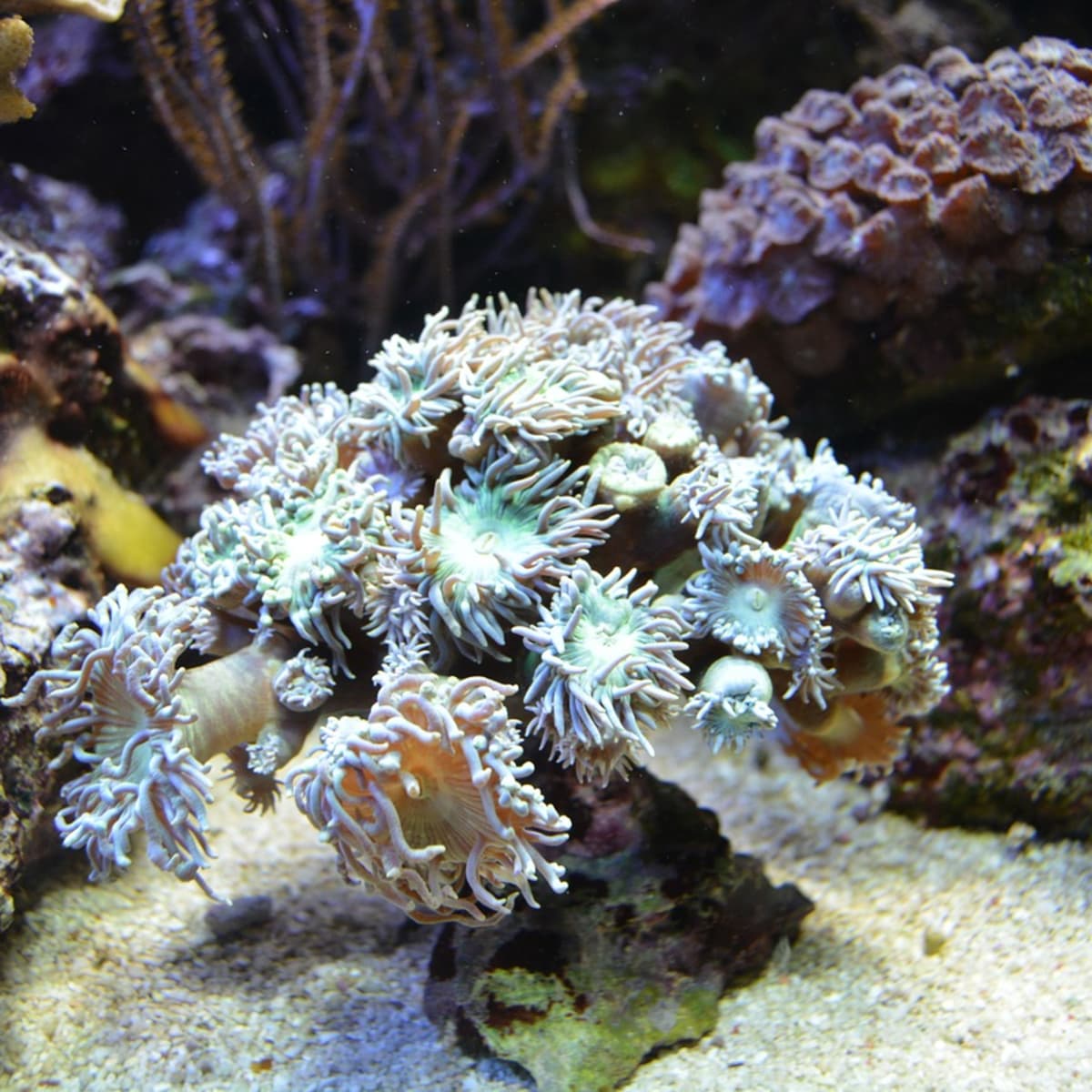Over the years, science has brought about many innovations in the pharmaceutical industry. The discovery of new drugs has not just improved the life quality, but also extended the life span. About 50 percent of the drugs marketed are manufactured with the help of natural products, either by directly extracting them from natural sources or utilizing them as starting materials or templates.
However, new therapeutic agents are continuously required for treating diseases like neurodegenerative diseases, inflammatory diseases, fungal and viral infections, and different types of cancers for which no effective therapies have yet been discovered.
Moreover, the diseases like malaria and tuberculosis have also somehow become resistant to most of the drugs available already. The pathogenic organisms have developed resistance to the available antibiotics. Meanwhile, the antitumor cells have also developed resistance to the cancer cells and thus require the production of new drugs from new sources.
The marine environment that covers about 70 percent of our earth’s atmosphere comprises the representatives of almost every phylum. A minimal number of these species have been studied and isolated. The ocean consists of many unexploited resources such as marine microbes, animals, and plants that can utilize for novel chemical discoveries that have the potential to be used as pharmaceuticals.
The marine environment comprises more unexplored biodiversity than terrestrial habitats, which is why it has become a hot topic. Utilizing marine resources as pharmaceuticals were introduced into the scientific world by the pioneering research carried out by Bergmann in the 1950s, which resulted in the discovery of two drugs that are marine derives, and are also clinically available today.
These drugs were isolated from the shallow water marine sponge nucleoside and are available as anticancer drugs (Ara-C) for treating acute myelocytic leukemia and non-Hodgkin’s lymphoma. The other drug is an antiviral (Ara-A) for treating herpes infections.
CURRENT STATUS OF THE DISCOVERY AND DEVELOPMENT OF MARINE PHARMACEUTICALS
The richness in species of the ocean and its extraordinary diversity with a large temperature and pressure tolerance window, presence of a variety of chemicals and metals, saline nature, low to bright light, and allopathic defenses have attracted the pharmaceutical industries to the ocean, despite the small number of compounds isolated from it to date. Marine sources are believed to have treasurable therapeutic potential based on the unique dwelling inhabitant; hence, the ocean is being explored for its hidden potential.
Throughout five millennia of discovery, diverse spectrums of marine organisms, either prokaryotic or eukaryotic, have yielded over 30,000 metabolites. Carroll et al., 2021). It’s noteworthy that the products derived from the ocean are incredibly potent and act through multiple molecular pathways, and collectively can target different ailments.
Pharmaceutical and marine sciences have joined forces to conduct extensive research and development of marine medicine. Currently, many worldwide health organizations have clinically approved fifteen drugs of aquatic origin. They prevent or manage several prevalent medical maladies, including pain, cardiovascular disease, cancer, and viral illnesses (Wu et al., 2022).
“The Global Marine Pharmaceuticals Pipeline” analyses pharmaceuticals derived from marine sources and gives summaries of both approved and pending medications”.

Anti-caner drugs
The discovery of the nucleosides thymidine and uridine from the Caribbean sponge Tethya crypta brought about a paradigm shift in marine anticancer medication development. Antibody-drug conjugates are vital medicines generated from marine pharmaceuticals that are relatively new. All of them, including polatuzumab vedotin (PolivyTM), brentuximab vedotin (Adcetris®), enfortumab vedotin (PADCEVTM), and belantamab mafodotin (BlenrepTM), are authorized to treat various types of cancer. The marine tunicate Aplidium Albicans also embraces plitidepsin (Aplidin®), a cyclic depsipeptide anticancer medication.
According to preliminary research, three novel cerebrosides and cholesterol sulfate from the sea cucumber Holothuria spinifera show tremendous promise as novel cytotoxic therapeutic agents (Abdelhameed et al., 2020).
Antiviral drugs
Initial research on sponge nucleosides as prospective pharmaceuticals resulted in the discovery of vidarabine for managing acute keratoconjunctivitis and recurrent epithelial keratitis caused by herpes simplex types 1 and 2. However, its license was canceled in the United States by June 2001 due to its restricted therapeutic window.
Even so, The antiviral activity of a wide range of natural compounds derived from aquatic ecosystems is still being studied. Recently, Polyphosphate (polyP) produced from sponges and marine microbes, in particular, has been found to protect against COVID-19.
In fact, according to Lee and colleagues, throughout the previous 30 decades of studies, about half of the pharmacologically functional marine compounds have been linked back to sponges (Lee, et al., 2020).
Analgesic drugs
Ziconotide may be used as an alternative to opiates in managing pain. It’s a peptide from poison found in the deadly marine cone snail Conus magus. Clinical trials have demonstrated ziconotide’s efficacy against malignant and non-cancerous pain. It does not create dependency or cardiogenic shock as opiates do.
Cardioprotective drugs
Polyunsaturated fatty acids (PUFAs) have been shown to protect cognitive functions as people age and to reduce blood-circulatory diseases such as thromboembolism and coronary artery disease. Ethyl esters of PUFAs (eicosapentaenoic acid and docosahexaenoic acid) are authorized cardioprotective medicines made by esterifying natural fatty acids in fish oil.
Neuroprotective drugs
Pharmaceutical researchers now use the active chemicals obtained in conjunction with the immediate usage of polymers created by diverse marine species to produce more specialized medications than the parent component. Sodium oligomannate (GV-971), an oligosaccharide extracted from seaweed, has received its first approval as a therapy for Alzheimer’s in China. It is a significant example of a molecular-designed drug using marine chemicals (Syed, 2020).
CONCLUSION
Recent advances in the discovery, approval and medical application of marine natural chemicals demonstrate significant promise. Significant interdisciplinary collaboration will be required between biologists, chemists, biotechnologists, pharmacists, doctors, and others, as well as between institutions, hospitals, and businesses, to address various challenges and effectively utilize marine life’s potential for drug development in the future.
REFERENCES
- Abdelhameed, R. F., Eltamany, E. E., Hal, D. M., Ibrahim, A. K., AboulMagd, A. M., Al-Warhi, T., … & Abdelmohsen, U. R. (2020). New cytotoxic cerebrosides from the red sea cucumber Holothuria spinifera are supported by in-silico studies. Marine drugs, 18(8), 405.
- Wu, A. C., Jelielek, K. K., Le, H. Q., Butt, M., Newman, D. J., Glaser, K. B., … & Mayer, A. M. (2022). The 2021 Marine Pharmacology and Pharmaceuticals Pipeline. The FASEB Journal, 36.
- Lee, Yeon-Ju, Yeonwoo Cho, and Huynh Nguyen Khanh Tran. “Secondary metabolites from the marine sponges of the genus Petrosia: A literature review of 43 years of research.” Marine Drugs 19, no. 3 (2021): 122.
- Syed Y. Y. (2020). Sodium Oligomannate: First Approval. Drugs, 80(4), 441–444. https://doi.org/10.1007/s40265-020-01268-1\
- Papon, N., Copp, B. R., & Courdavault, V. (2022). Marine drugs: Biology, pipelines, current and future prospects for production. Biotechnology Advances, 54, 107871.
Also, Read: Science, Technology and Oceans

Samra Hayat Khan is a Biotechnologist, currently works in a pharmaceutical company as a research and development officer. Samra is a passionate advocate for marine sciences, their unparalleled benefits for humankind, and their significance for saving mother earth.

